Texas experienced five earthquakes in just two days. The strongest quake measured 4.9 in magnitude. All tremors originated near the town of Hermleigh.
This unusual seismic activity has raised concerns among residents and scientists. Did you know? The largest earthquake in Texas history was a 5.8 magnitude quake in 1931.
Fracking Suspected: Oil and Gas Industry Under Scrutiny
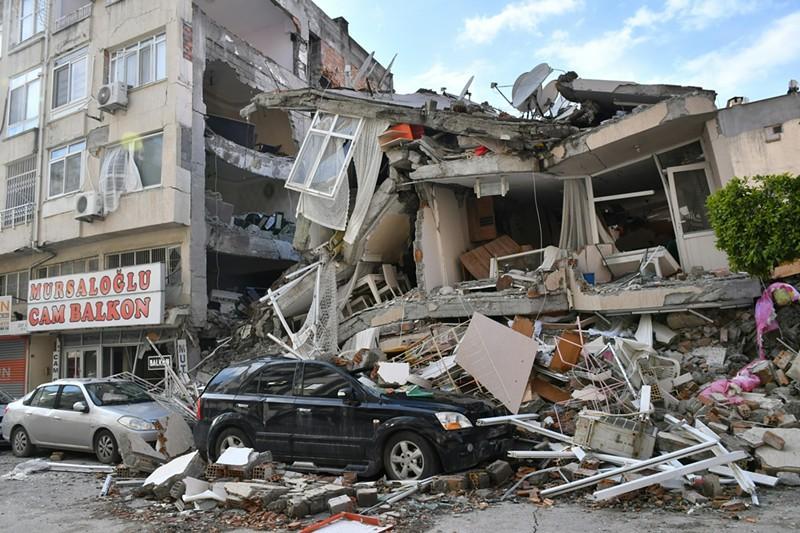
Scientists link the earthquakes to oil and gas extraction. Texas leads the nation in fracking activities. The state’s active oil and gas wells increased from 279,615 in 2017 to 373,133 in 2023.
Experts believe wastewater injection from fracking is triggering these seismic events. But how exactly does fracking cause earthquakes, and can it be stopped?
Widespread Impact: Tremors Felt Across Multiple States
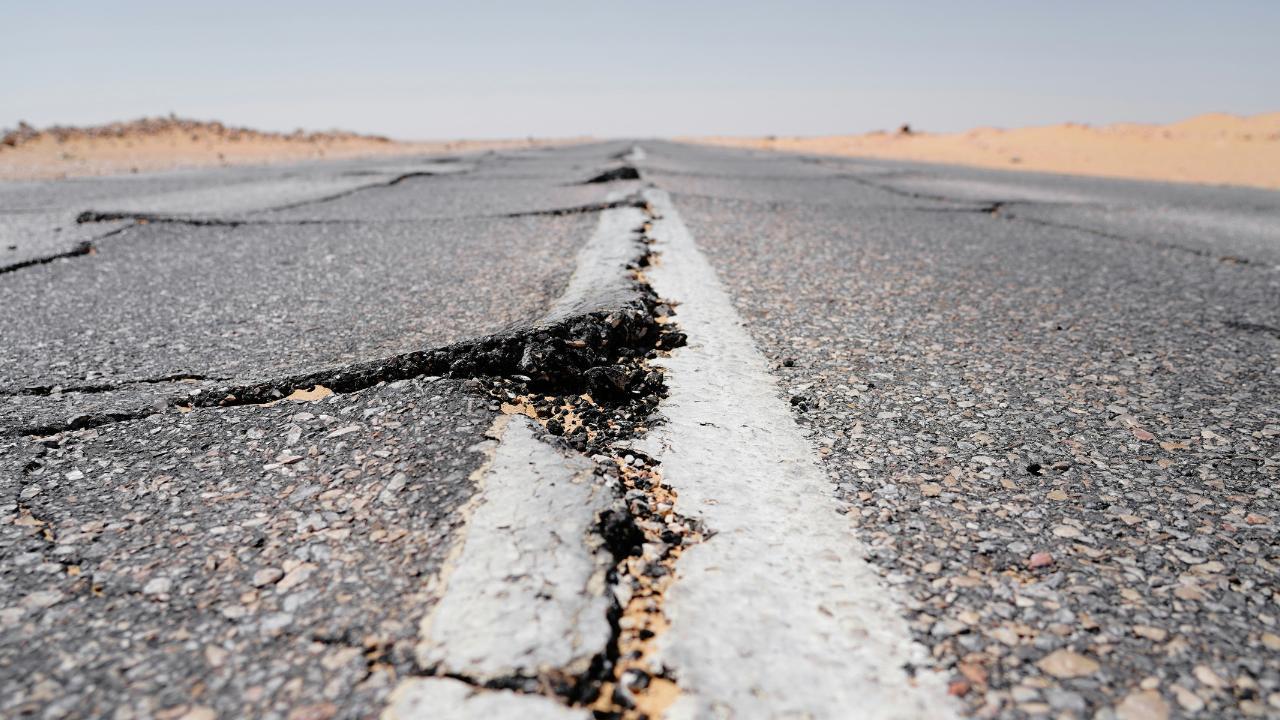
The 4.9 magnitude quake affected 1.6 million people. Tremors were felt up to 200 miles away from the epicenter. The quake reached areas in Austin, Oklahoma, and New Mexico.
This widespread impact highlights the potential dangers of induced seismicity. Induced earthquakes have increased by over 1000% in some regions since the fracking boom began.
Fracking Explained: The Process Behind Induced Earthquakes
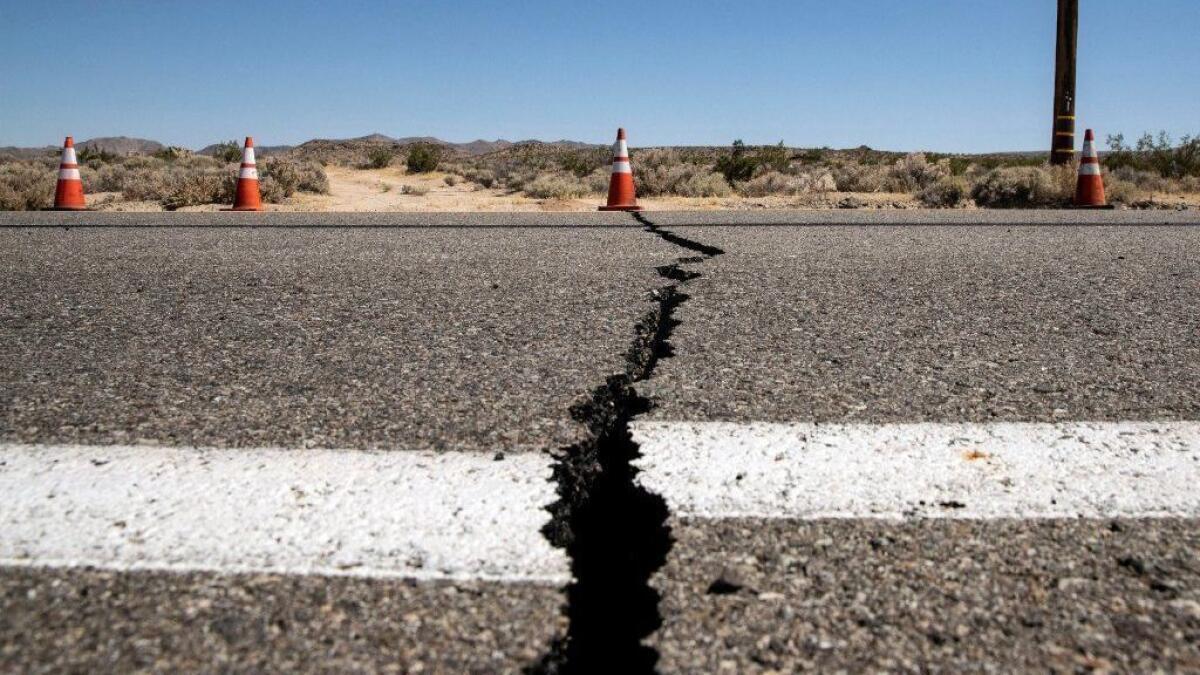
Fracking involves injecting high-pressure water into the earth. This process releases natural gas and oil. However, it also brings groundwater to the surface.
When reinjected, this water can pressure fault lines, causing earthquakes. The U.S. has been using fracking techniques since the 1940s, but its widespread use began in the early 2000s.
Seismic Surge: Texas Sees Increase in Earthquake Activity
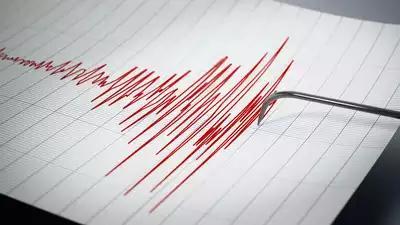
Northern Texas has experienced more earthquakes since 2019. The USGS attributes this to oil and gas extraction techniques. Seismologists can now confidently link these quakes to human activities.
This trend raises questions about the long-term sustainability of current extraction methods. With earthquakes on the rise, what steps can be taken to mitigate the risks?
Beyond Texas: Other States Grapple with Fracking-Induced Quakes
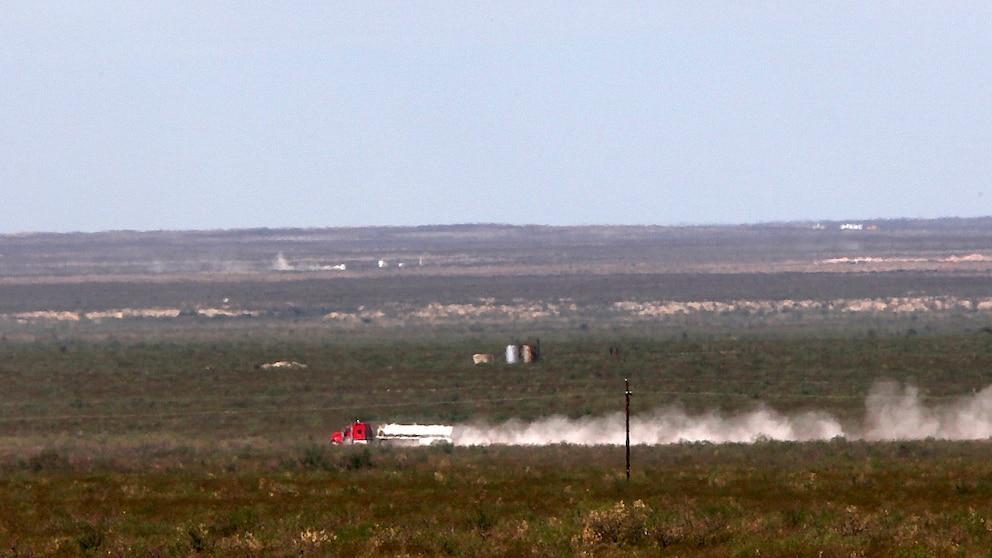
Colorado, Oklahoma, Ohio, and Arkansas have also experienced fracking-related earthquakes. Oklahoma saw a dramatic increase from 21 to over 300 annual quakes.
The EPA recognized the link between earthquakes and fracking in 1990. This issue is becoming a nationwide concern. Did you know? Oklahoma experienced more earthquakes than California in 2015 due to fracking activities.
Regulatory Response: Texas Commission Takes Action on Wastewater
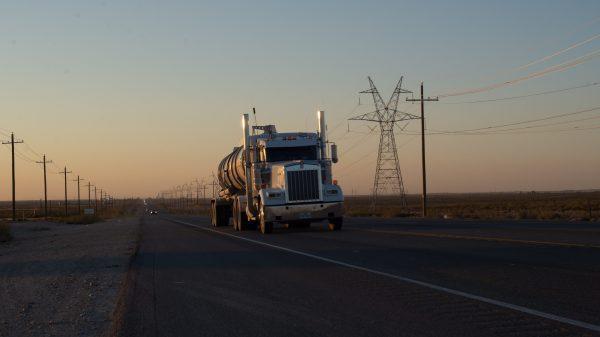
The Railroad Commission of Texas oversees the oil and gas industry. They’ve suspended 23 wastewater injection permits recently. A new plan prohibits injection for two years after a 4.5+ magnitude quake.
These measures aim to reduce induced seismic activity. Will these regulatory actions be enough to prevent future earthquakes?
Scientific Research: Understanding Fault Lines and Injection Limits
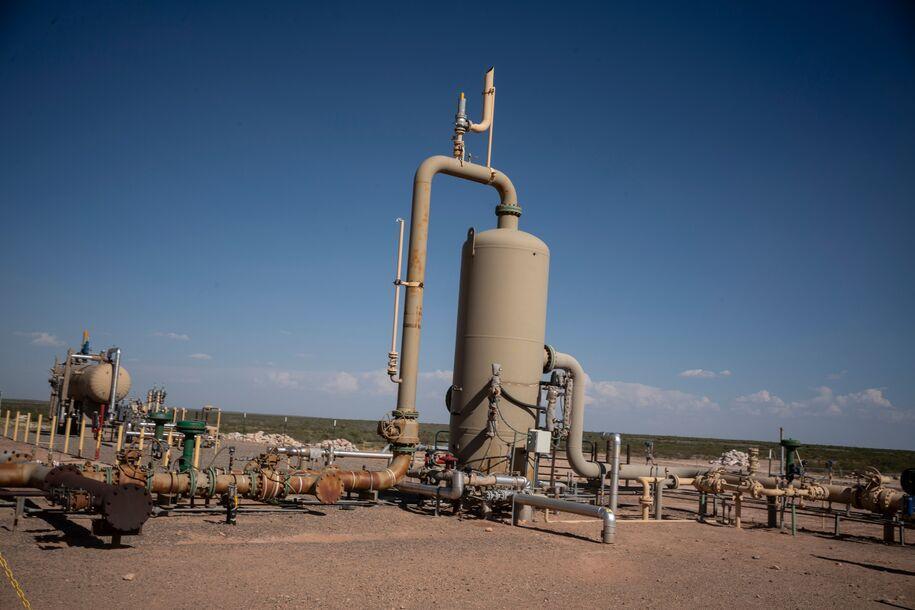
Researchers are studying why some faults rupture and others don’t. They aim to determine safe injection limits for different areas. This research could help manage injection locations more effectively.
Understanding these factors is crucial for preventing future induced earthquakes. Stat: A study found that areas within 15 km of high-volume fracking wells have a 3.5 times higher earthquake risk.
Economic vs. Environmental Concerns: Balancing Act for Texas
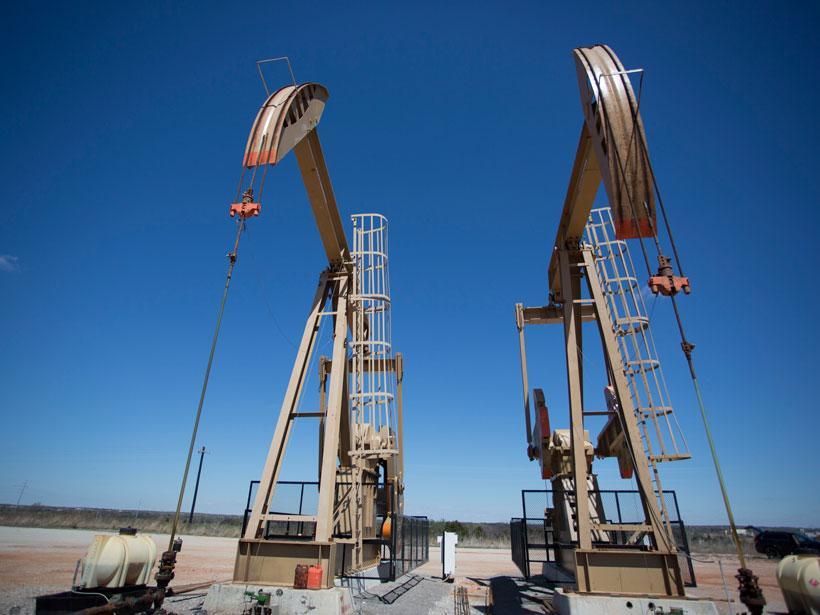
Texas faces a dilemma between economic benefits and environmental risks. The oil and gas industry contributes significantly to the state’s economy. However, the increasing seismic activity poses risks to infrastructure and public safety.
Policymakers must navigate these competing interests. How will Texas balance its economic reliance on oil with growing environmental concerns?
Public Reaction: Residents Voice Concerns Over Frequent Quakes
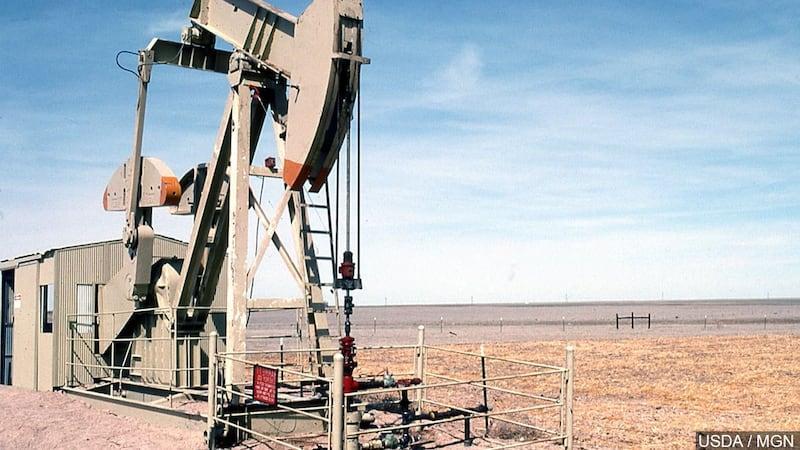
Texans express worry about the increasing frequency of earthquakes. Some fear property damage and safety risks. Others defend the oil and gas industry’s economic importance.
This divide reflects broader debates about energy policy and environmental protection. A 2018 study found that 58% of Texans support fracking, while 30% oppose it.

